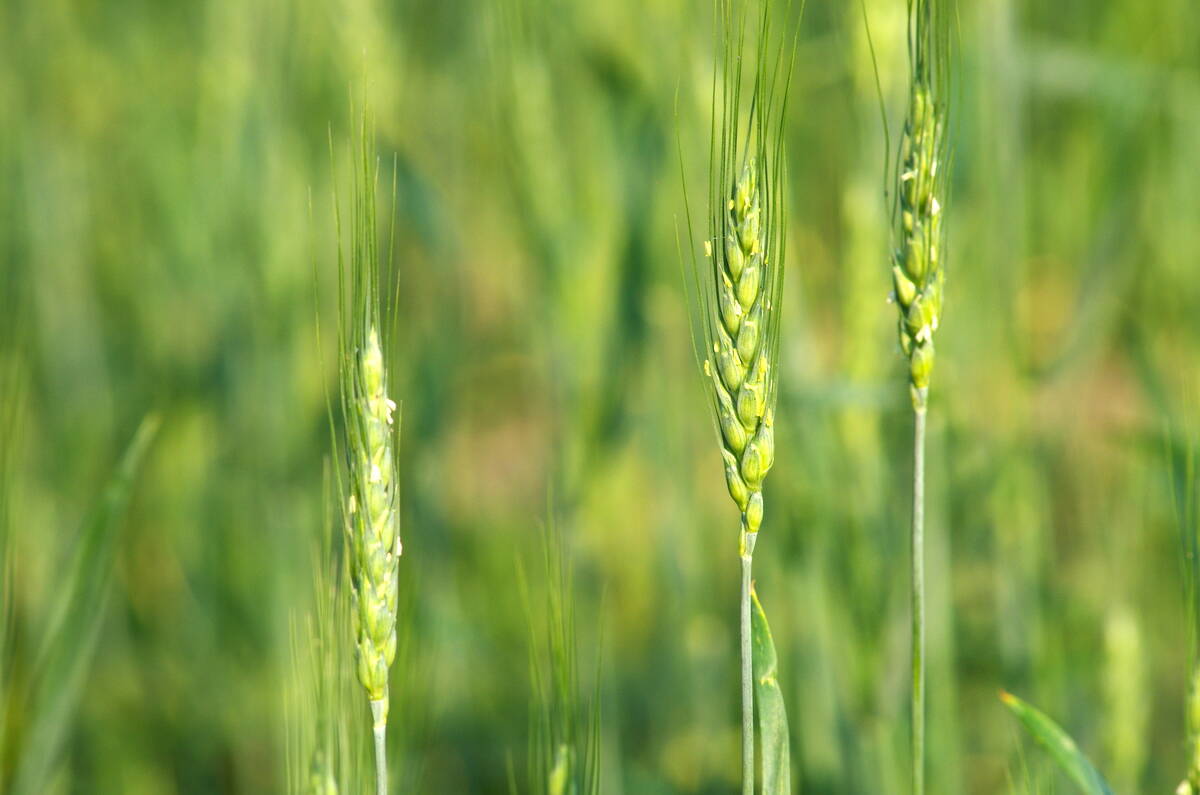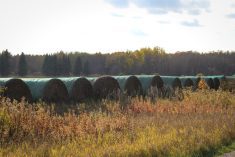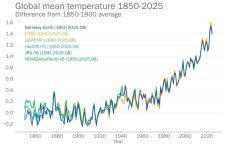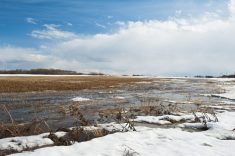London | Reuters — More than half of the world’s large lakes and reservoirs have shrunk since the early 1990s, chiefly because of climate change, intensifying concerns about water for agriculture, hydropower and human consumption, a study published on Thursday found.
A team of international researchers reported that some of the world’s most important freshwater sources — from the Caspian Sea between Europe and Asia to South America’s Lake Titicaca — lost water at a cumulative rate of around 22 gigatonnes per year for nearly three decades. That’s about 17 times the volume of Lake Mead, the United States’ largest reservoir.
Read Also

California researchers create nitrogen-fixing wheat
U.S. crop breeders have created a wheat variety capable of creating its own nitrogen fertilizer.
Fangfang Yao, a surface hydrologist at the University of Virginia who led the study published in the journal Science, said 56 per cent of the decline in natural lakes was driven by climate warming and human consumption, with warming “the larger share of that.”
Climate scientists generally think that the world’s arid areas will become drier under climate change, and wet areas will get wetter, but the study found significant water loss even in humid regions. “This should not be overlooked,” Yao said.
Scientists assessed almost 2,000 large lakes using satellite measurements combined with climate and hydrological models.
They found that unsustainable human use, changes in rainfall and runoff, sedimentation, and rising temperatures have driven lake levels down globally, with 53 per cent of lakes showing a decline from 1992 to 2020.
Nearly two billion people who live in a drying lake basin are directly affected and many regions have faced shortages in recent years.
Scientists and campaigners have long said it is necessary to prevent global warming beyond 1.5 C to avoid the most catastrophic consequences of climate change. The world is currently warming at a rate of around 1.1 C.
Thursday’s study found unsustainable human use dried up lakes, such as the Aral Sea in Central Asia and the Dead Sea in the Middle East, while lakes in Afghanistan, Egypt and Mongolia were hit by rising temperatures, which can increase water loss to the atmosphere.
Lakes in Canada’s Arctic were part of the drying trend, the study found, “partially because of changes in temperature and PET (potential evapotranspiration), which is in line with broader climate changes toward increasing evaporative loss due to higher lake temperatures and reduced lake ice extents.”
Water levels rose in a quarter of the lakes, often as a result of dam construction in remote areas such as the Inner Tibetan Plateau.
Declines seen in naturally occurring lakes were in part offset, the study found, by “precipitation- and runoff-driven LWS (lake water storage) gains” in others such as the Great Lakes and Lake Winnipeg.
In all, the study said, between 1984 and 2015, satellites have observed a loss of 90,000 square km of permanent water area — an area equivalent to the surface of Lake Superior — whereas 184,000 square km of new water bodies, mainly reservoirs, were formed elsewhere.
Trends and drivers of global lake water storage have remained “poorly known,” the study added, which “impedes sustainable management of surface water resources, both now and in the future.””
— Gloria Dickie is a Reuters climate and environment correspondent in London. Includes files from Glacier FarmMedia Network staff.
















